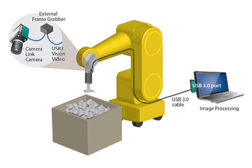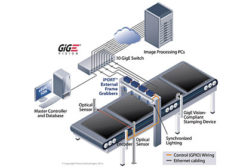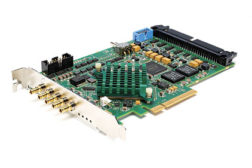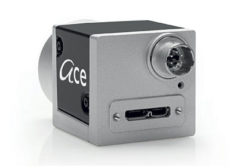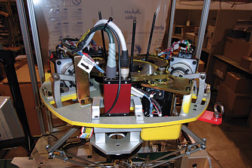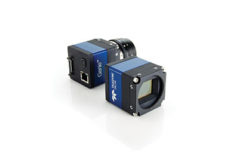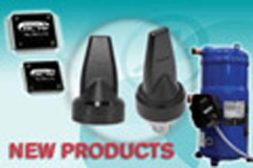Home » GigE
Articles Tagged with ''GigE''
EXPERTS FROM CHROMASENS, BITFLOW DESCRIBE THE STATE OF 3-D IMAGING IN MACHINE VISION.
Read More
Video Interfaces Provide a Clear View Forward
ALTHOUGH THE VIDEO INTERFACE IS A SMALL PART OF THE OVERALL VISION SYSTEM, IT HAS A LARGE IMPACT ON THE USABILITY, COST AND SCALABILITY OF THE FINAL PRODUCT.
September 11, 2014
Frame Grabbers
CoaXPress Technology
Bringing Quality control to higher levels
July 2, 2014
Vision & Sensors - Best Practices
Evolving At Its Best
The need for best practices within the vision technology industry has been addressed over time through system integration certification and interoperability standards.
September 11, 2013
Vision & Sensors - System Integrators
Machine Vision Integration: Behind the Camera
Consider these factors in the selection and implementation of digital cameras in machine vision applications.
July 8, 2013
Vision & Sensors - GigE Vision Standard
Blazing the GigE Vision Trail
Highlights and benefits of an important vision standard.
December 3, 2012
Stay in the know with Quality’s comprehensive coverage of
the manufacturing and metrology industries.
eNewsletter | Website | eMagazine
JOIN TODAY!Copyright ©2024. All Rights Reserved BNP Media.
Design, CMS, Hosting & Web Development :: ePublishing


